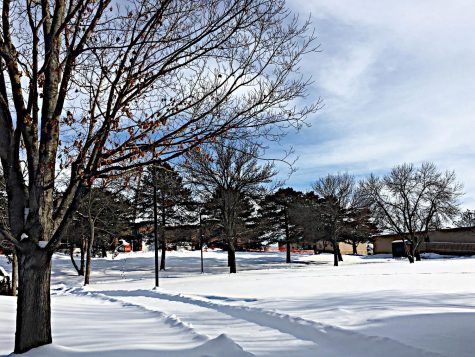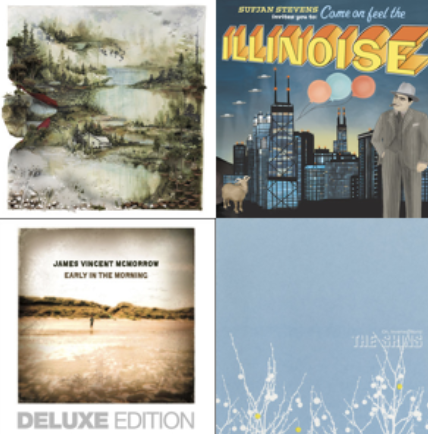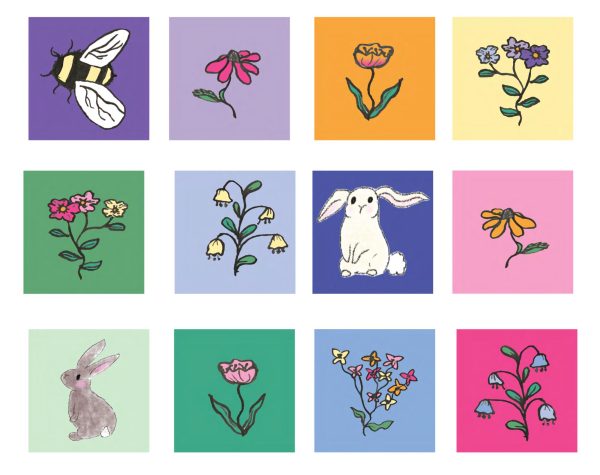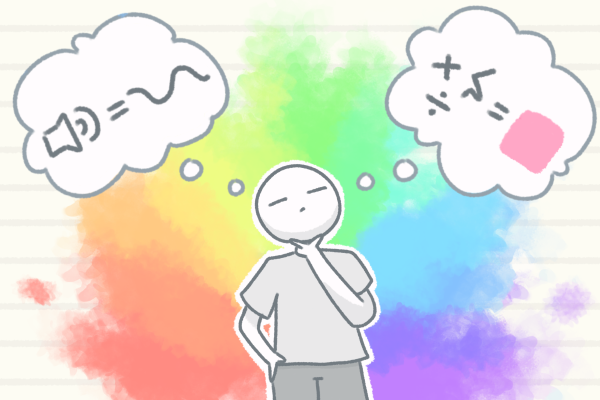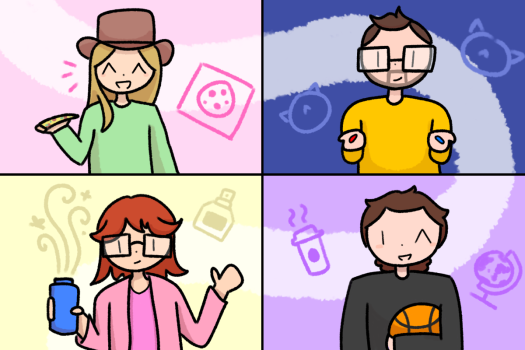Unknown holiday cheer
As the holiday season approaches, Christmas and Hanukkah aren’t the only holidays being celebrated. Take a look at these lesser-known holidays.
The holiday season has arrived.
According to World Atlas in 2018, the most common religion in the U.S. is Protestant Christian, making up 46.5 percent of the population. This means that during December nearly half the country celebrates Christmas. What about the rest? With countless religions all across the world, there are many winter holidays you might not know about.
Buddhism:
- Bodhi Day– On the eighth day of December, Buddhists celebrate Bodhi, a Day of Enlightenment. Buddha, or Siddhartha Gautama, was a young prince who left his life of luxury to achieve freedom from suffering and ignorance. On this day, Buddha achieved enlightenment under a Bodhi tree after years of dedicated meditation. This holiday is important to Buddhism because it celebrates the day the founding principle of the religion was established. Buddhism is based on the Four Noble Truths, which are the truths of life. Reaching enlightenment means an understanding of the truths and the true meaning of life. To celebrate, Buddhist homes often have a ficus religiosa tree they decorate with lights and beads. They have ornaments that represent the Buddha, Dharma and Sangha. Buddha is said to be the first person to achieve enlightenment. The dharma teaches the Four Noble Truths. The sangha refers to the community of Buddhists like monks and nuns. Some may build shrines to Buddha or spend the day in meditation to honor Siddhartha’s journey to enlightenment. Others may also bake cookies shaped like the Bodhi trees or their heart-shaped leaves.
Christianity:
Christianity has many holidays in the month of December, though they aren’t all quite as widely known as Christmas.
- Some may not know that on Dec. 5, children are reminded of the more sinister companion of Saint Nicholas, Krampus. Krampusnacht is a holiday celebrated in much of Eastern Europe and parts of Germany. While good children get presents, Krampus comes and punishes the naughty ones. The methods of punishment differ from leaving sticks for parents to switch their children to kidnapping them. The origin of Krampus can be traced back to Pagan mythology. Paganism was coined by early Christians for Romans who practiced religions other than Christianity, Islam and Judaism. Traditionally Santa and Krampus worked side-by-side, but the legend has since changed to a more sinister demon. Some places have parades, with people dressing up as Krampus and frightening children.
- Saint Lucia’s Day or Saint Lucy’s Day is observed on Dec. 13 dedicated to celebrating and honoring Lucia of Syracuse, who became a martyr and died for her beliefs. In Sweden, it is celebrated as a festival of lights so bring cheer and light during the darkest time of the year. In Scandinavia, it represents the beginning of Christmas. Families celebrate by having their daughter, usually the oldest, dress in white and serve coffee and goods.
- Holy Innocents’ Day is a feast that takes place Dec. 28 to remember the massacre of young children by King Herod the Great in his attempt to kill Jesus. While at one point it was celebrated with another holiday, it was separated by the fifth century. The Romans took the day to fast and mourn the martyred children. It is still observed as a feast day in remembrance in Roman Catholic countries.
Paganism:
- Yule is the Pagan celebration of the Winter Solstice. Pagan was originally a derogatory term used to describe people who practiced polytheism, the belief in multiple deities. They typically worshiped nature and did not refer to themselves as Pagan’s before the twentieth century. It was a term given to them by Christians. Paganism and the practice of Wiccans, sometimes referred to as modern-day witchcraft, are often linked together due to the worship of nature and multiple deities. Yule takes place on the day of the Winter Solstice which usually falls around Dec. 21 and has been celebrated for thousands of years. The Norse celebrated their Jul by feasting. One traditional way to celebrate originating from Norway is the Yule log. To begin, family members gather and write down a wish, place it in a log and then burn the log in a fireplace. They do this to celebrate the light coming back after the longest night of the year. When Christianity spread through Europe, the traditional Jul celebration changed to a Yule celebration, adding the spreading of the ashes of the log around the house to protect it from evil.
Pan-African:
- Kwanzaa is a celebration in Africa that each family partakes in. Unlike the other holidays, Kwanzaa was created in 1966 by Dr. Karenga, a professor and chairman of Black Studies at California State University. The way each family celebrates differs but typically includes song, dance, storytelling and a feast. These celebrations take place for a week from Dec. 26 to Jan. 1. Each night the family gathers, and a child lights a candle in the Kinara and one of the seven principles called the Nugzo Saba is discussed. These principles are the fundamentals of African culture that contribute to the community. Karamu is a feast that takes place on Dec. 31 to celebrate. The candle-lighting encourages the family to discuss the principles and meaning of Kwanzaa. On the seventh day of celebration, gifts are exchanged. These gifts are meaningful and called Zawadi to encourage growth, self-improvement and success. The gifts are typically handmade and are meant to instill a moral obligation to fulfill the promise of the gift in terms of growth and solidifies relationships.
The month of December holds many important holidays for various religions and cultures. While the purpose of these holidays and the means of celebrating are different, they have one thing in common: bringing people together.
Your donation will support the student journalists of West High School. Your contribution will allow us to purchase Scholarship Yearbooks, newsroom equipment and cover our annual website hosting costs.

(she/her) Maddy Smith is a senior at West. This will be her third year on staff. She is the online Features and Visuals editor. She enjoys music, photography,...




